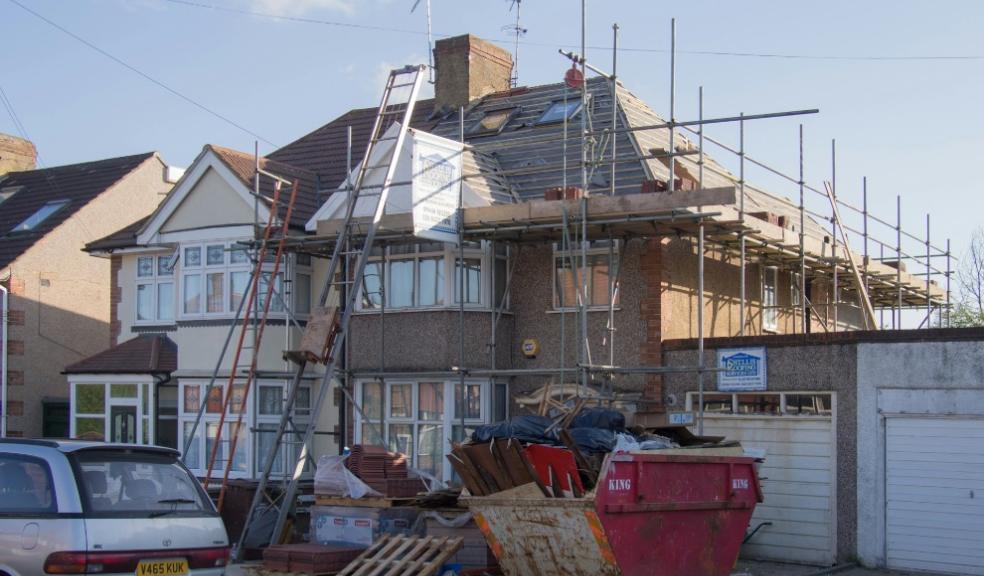
Managing Waste During Home Renovation Projects
Home renovation projects inevitably generate substantial waste, from old fixtures and building materials to packaging and debris. Managing this waste efficiently is often overlooked in the planning process, yet it can significantly impact both the timeline and budget of your renovation. Without proper disposal solutions, piles of waste can create hazards, slow down work, and potentially lead to fines if not handled according to local regulations.
South London homeowners face particular challenges when it comes to waste removal during renovations. The dense urban environment means limited space for storing debris, while strict council regulations govern how and where waste can be disposed of. Finding the right waste management solution becomes necessary for keeping projects on track and maintaining good relationships with neighbours who might otherwise be affected by unsightly rubbish accumulation.
Why Renovation Waste Management Matters for UK Homeowners
The environmental impact of renovation waste can be significant. Construction and demolition activities generate approximately one-third of all waste in the UK. Without proper management, these materials often end up in landfills, contributing to environmental degradation and increasing your project's carbon footprint.
Efficient waste management directly affects your renovation timeline and budget. Accumulated debris creates physical obstacles for workers, slowing progress and potentially extending project duration. Unexpected waste disposal costs can quickly add up, especially when materials require specialist handling or when skip permits are needed.
Many homeowners underestimate the volume of waste their projects will generate. Even modest bathroom renovations can produce substantial amounts of debris, from old tiles and fixtures to packaging materials. Larger projects like kitchen remodels or extensions create even greater waste challenges, particularly in urban settings with limited storage space.
Legal obligations regarding construction waste disposal are becoming increasingly strict. UK homeowners are responsible for ensuring their waste is handled by licensed carriers. Failure to comply with these regulations can result in fines of up to £5,000. The South London skip hire experts can help navigate these requirements.
Effective Planning for Renovation Waste Reduction
Conducting a pre-renovation waste audit helps estimate the volume and types of waste your project will generate. Walk through your space before work begins and list materials that will be removed. This assessment allows for more accurate skip size selection and identifies items requiring special disposal.
Reducing waste through careful material purchasing saves both money and disposal headaches. Order materials based on precise measurements rather than rough estimates. Consider suppliers who accept returns of unused materials, lowering the amount that ends up as waste.
Many renovation materials can be reused or repurposed rather than discarded. Functioning doors, windows, and fixtures might be suitable for donation to community reuse networks. Even materials like clean wood offcuts can find new purposes in smaller projects or repairs.
Setting up designated waste sorting areas on your property streamlines the disposal process. Create separate zones for recyclable materials, general waste, and items for reuse. This organization prevents cross-contamination and makes the removal process more efficient and cost-effective.
Coordinating waste removal with specific renovation phases prevents debris accumulation. Plan for skip deliveries and collections that correspond with major demolition or construction stages. This method maintains site safety and prevents work delays caused by excessive waste buildup.
Navigating Skip Hire Regulations in Residential Areas
Permits are required when placing skips on public roads or pavements in South London boroughs. These permits, known as licenses, must be obtained before skip delivery. The application process typically takes 5-7 working days, so forward planning is important to avoid project delays.
Time restrictions and neighborhood rules affect skip placement. Most councils limit skip deliveries and collections to certain hours to reduce disruption. Informing neighbors about your plans helps maintain good relations and reduces the likelihood of complaints to local authorities.
Selecting the appropriate skip size depends on your specific renovation project. Bathroom renovations typically require 4-yard skips, while kitchen renovations may need 6-yard containers. Larger projects like extensions or whole-house renovations often necessitate 8-yard skips or multiple containers.
Sorting and Separating Renovation Waste Effectively
Renovation waste falls into several categories, each with specific disposal requirements. Inert materials like bricks and concrete can often be recycled as aggregate. Wood waste should be separated into treated and untreated types, as untreated wood has more recycling options.
Certain materials cannot legally be disposed of in standard skips. These include asbestos, which requires removal by licensed professionals, and liquid paints or solvents that could contaminate soil or water sources. Electronic waste must also be handled separately through dedicated recycling channels.
Hazardous materials need special handling procedures. Items containing asbestos, lead-based paint, or certain chemicals must be identified early in the project. These materials need assessment and removal by qualified professionals with access to appropriate disposal facilities.
Recycling options exist for many renovation materials. Metals can often be recycled and can be separated for scrap. Clean timber can be processed into chips for various applications. Even plasterboard, which creates harmful gases when mixed with general waste, can be recycled when kept separate.
Working with skip hire services that prioritize recycling ensures your waste is handled responsibly. Reputable providers use sorting facilities that maximize material recovery rates. This method reduces landfill use and supports more sustainable waste management practices across the renovation industry.









